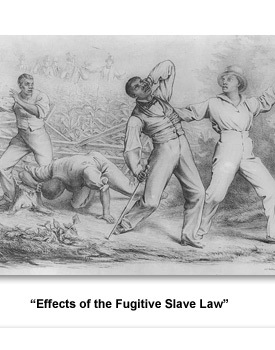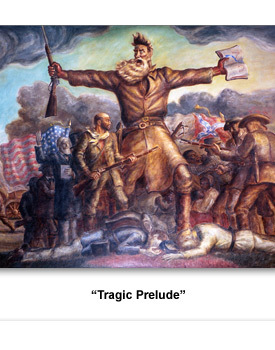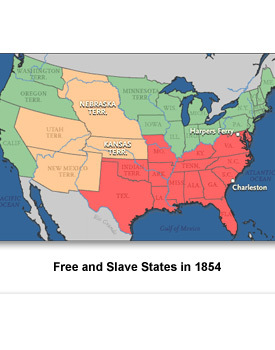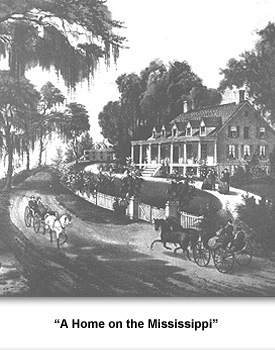Age of Jackson
A State & a Nation Dividing
From 1828 to 1860, disagreements between people living in the South and the North grew. The disputes involved a variety of issues like tariffs (a kind of tax) and federal funding for internal improvements (such as building canals and roads).
However, the most serious issue that divided Americans was slavery. Increasingly, people and political parties divided into two groups. One wanted to protect slavery. The other believed slavery should end or at least be forbidden in new U.S. states and territories like Kansas.
Most of this time slavery was not a major concern in Tennessee state politics. It also did not determine how Tennesseans voted in national elections for presidents. Instead, Tennesseans voted for politicians who wanted to protect the rights and interests of ordinary people. They rejected politicians who favored awarding special privileges to the rich, businesses, or banks.
Tennessee politics changed in the late 1840s and 1850s. Voters increasingly focused on the slavery issue after the end of the Mexican-American War. Among whites, Tennesseans generally accepted and supported the institution of slavery. Since only white men could vote after 1834, it was unlikely that Tennessee would elect any political candidate or party that was against slavery.
Although most white Tennesseans did not own slaves, they identified with the southern institution of slavery. They might also have hoped one day to be rich enough to own a plantation and the slaves it would take to run it.
During the 1850s, the Democratic Party became closely associated with protecting slavery. The Whig party fell apart. Other parties like the Republicans formed.
The Republicans openly opposed the spread of slavery. Voters in Tennessee and throughout the South refused to support the Republican Party. By the end of the 1850s, most Tennessee voters supported Democratic candidates.
Many Tennesseans valued being part of the United States. They would soon face a difficult choice. Would Tennessee be willing to accept a Republican president like Abraham Lincoln who opposed the expansion of slavery? Would they choose to leave, or secede, from the nation to protect slavery?
Picture Credits:
- Political cartoon entitled, “Effects of the Fugitive Slave Law.” This drawing was published in 1850 and expressed opposition to the Fugitive Slave Law, which increased the power of slave owners in capturing fugitive slaves that had left the state. An armed gang of white men are shown in the background attempting to pursue and capture four black men. The text at the bottom left is from the Bible and reads, “Thou shalt not deliver unto the master his servant which has escaped in one of thy gates where it liketh him best. Thou shalt not oppress him.” The text on the bottom right is from the Declaration of Independence and reads, “We hold that all men are created equal, that they are endowed by their Creator with certain unalienable rights, that among these are life, liberty and the pursuit of happiness.” Library of Congress
- Mural entitled, “Tragic Prelude.” This mural was painted by John Steuart Curry in the 1930s. It depicts the debate in the Kansas Territory over slavery. Abolitionist John Brown is shown in the center of the painting holding a gun and a Bible. He is standing between opponents of slavery on his left and supporters of slavery on his right. Kansas Department of Commerce
- Map showing “Free and Slave States” in 1860. The slave states are shown in red and the free states are shown in green. The territories that could vote whether or not to allow slavery are shown in brown. Annenberg Media/Learner.org
- Painting entitled, “A Home on the Mississippi,” published by Currier and Ives. This painting was completed in 1871 and shows a plantation located near the Mississippi River. A steamboat is shown in the background and people are shown riding in carriages in the foreground. Tennessee State Library and Archives
Age of Jackson >> Tennessee's People >> Slavery >> A State & a Nation Dividing




 Sponsored by: National Endowment for the Humanities
Sponsored by: National Endowment for the Humanities